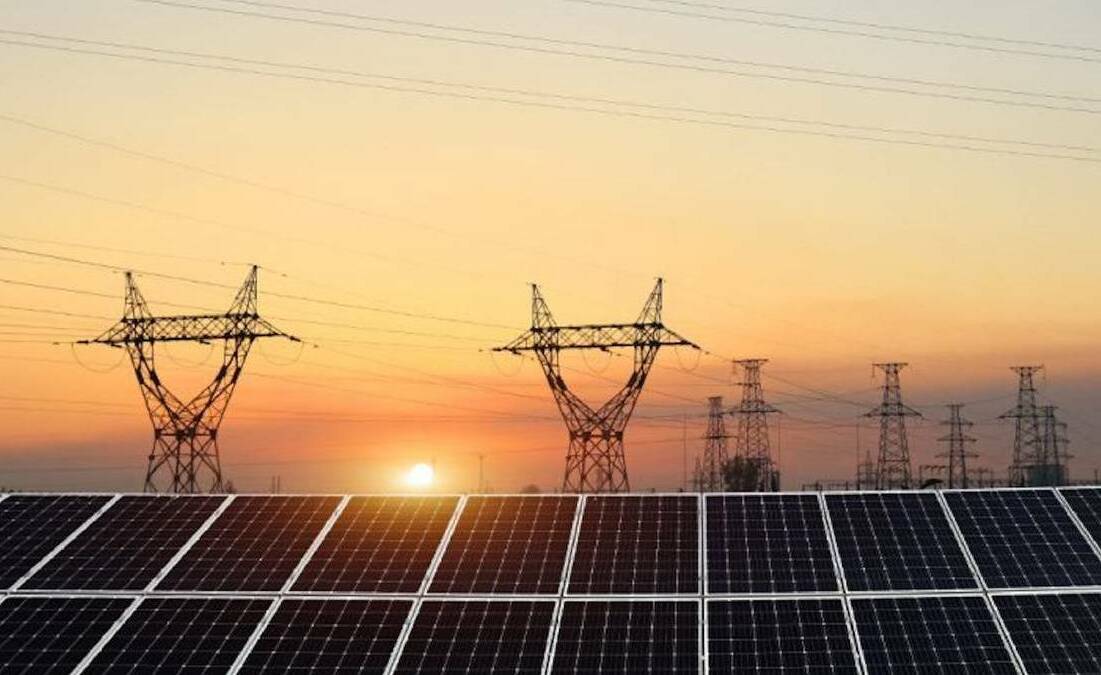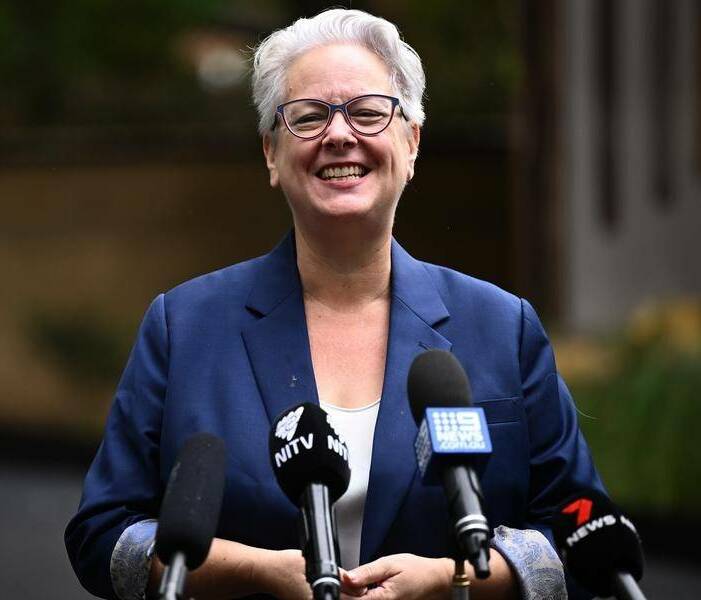
A NSW Parliamentary committee will investigate the feasibility of burying transmission infrastructure for renewable energy projects.
It follows widespread resistance from landholders who have opposed the roll-out of above ground infrastructure associated with the construction of the state's five renewable energy zones.
In the Hunter, concerns have been raised that a new high voltage power line between Bayswater and Eraring power stations will cut across agri-tourism land in Pokolbin.
Energy Minister Penny Sharpe said the Government was aware of concerns being raised regarding the environmental, agricultural, community and other effects of the HumeLink project and similar concerns regarding other transmission projects.

"The Minns Labor Government is committed to delivering the renewable energy transition that NSW deserves, in a way which is cost effective and environmentally responsible," she said.
"We are also committed to ensuring local communities are engaged at every stage of the transition."
"This inquiry is an opportunity for everyone to have their say and to understand the issues that need to be weighed up when delivering this infrastructure."
With three coal-fired power stations due to close in the next decade and large parts of the Renewable Energy Zone roll-out already behind schedule, it is unclear what impact the inquiry will have on construction timelines.
The committee's terms of reference include the costs and benefits of undergrounding, existing case studies and current projects regarding similar undergrounding of transmission lines in both domestic and international contexts, the impact on delivery timeframes of undergrounding and the environmental impacts of undergrounding.
The Committee is due to report its findings by 31 August 2023.
Business Hunter chief executive Bob Hawes said the government deserved credit for working with the community to investigate further possibilities to deliver 360 kilometres of new transmission lines.
"It does however introduce another element of uncertainty that stands between the current realities of volatile pricing and increasingly frequent load-shedding demands on industrial users, and our end goal of abundant and affordable renewables," he said.
"The Upper House committee will need to work quickly to come up with a clear and concise conclusion to reduce the possibility of delays. We would hope that work on the overland project continues in tandem to maintain momentum, should the report determine it is the way to go.
"The underground option may be the more physically and environmentally preferred option for some, but at what cost and time impost?"
Australia aims to have renewable energy account for more than 80 per cent of the country's electricity generation by the end of the decade.
But the head of the Australian Energy Market Operator Daniel Westerman said on Tuesday that Australia was not building renewable energy infrastructure quickly enough to compensate for the loss of coal-fired power generation.
In an Australian Energy Week speech, Mr Westerman said the slow progress would increase pressure on prices and fuel concern about energy security.
More than 160 east coast projects, comprising more than 27 GW of new generation, are going through different stages of the connection process.
"But the recent data from the Clean Energy Council is concerning. It shows that there have been no new financial commitments on large-scale renewable generation projects in Quarter one this year," Mr Westerman said.
"One quarter doesn't make a trend, but investment decisions are an important leading indicator for our energy transition."
Governments are aware of this need for investment, and AEMO is supporting initiatives designed to accelerate investment in renewable and dispatchable generation.
To see more stories and read today's paper download the Newcastle Herald news app here.







